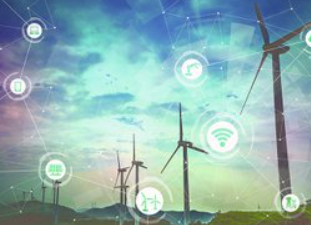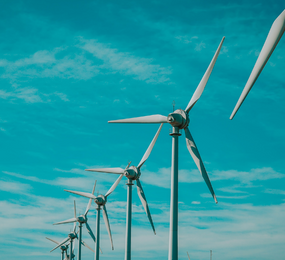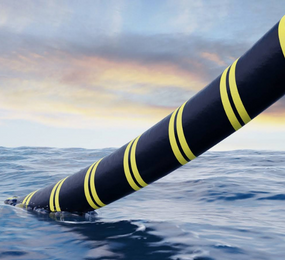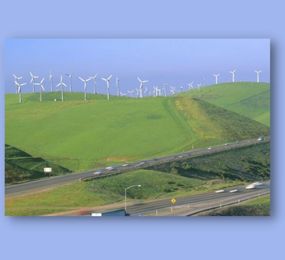Digital twins have numerous applications in wind farm optimization, revolutionizing how operators manage and maximize the performance of their wind farms. Here are some key applications of digital twins in wind farm optimization:
1. Performance Monitoring and Optimization: Digital twins enable real-time monitoring of wind turbine performance by integrating data from sensors, SCADA systems, and other sources. Operators can analyze turbine data and performance indicators such as power output, wind speed, and blade condition to identify underperforming turbines or components. This allows for proactive optimization strategies, including adjusting operational parameters, implementing predictive maintenance, and improving overall energy generation.
2. Predictive Maintenance: Digital twins play a critical role in predictive maintenance by analyzing real-time data from turbines, historical maintenance records, and environmental conditions. By employing machine learning algorithms and predictive models, operators can identify patterns and anomalies that indicate potential failures or maintenance needs. Predictive maintenance helps optimize maintenance schedules, reduce downtime, and increase turbine reliability, ultimately minimizing costs and maximizing availability.
3. Energy Production Forecasting: Digital twins utilize historical data, weather forecasts, and real-time monitoring to generate accurate energy production forecasts. By simulating wind farm performance under different weather conditions, operators can optimize energy production planning, grid integration, and energy trading. Accurate forecasting enables better decision-making, enhances operational efficiency, and improves the integration of wind power into the grid.
4. Fault Detection and Diagnosis: Digital twins facilitate early detection and diagnosis of faults in wind turbines. By continuously monitoring real-time data and comparing it with the digital twin model's predictions, operators can identify deviations, anomalies, or performance degradation. This allows for timely intervention, effective troubleshooting, and proactive maintenance, reducing the risk of major failures and optimizing turbine performance.
5. Optimization of Turbine Layout and Design: Digital twins enable operators to simulate and optimize wind turbine layouts, considering factors such as wind resource, wake effects, and terrain. By leveraging computational fluid dynamics (CFD) simulations and advanced modeling techniques, operators can evaluate different turbine configurations, placement strategies, and turbine design modifications to maximize energy production, minimize wake losses, and optimize the overall wind farm layout.
6. Training and Simulation: Digital twins provide a platform for training and simulation purposes. Operators can use digital twins to train personnel on turbine operations, maintenance procedures, and emergency response scenarios in a safe and controlled virtual environment. This enhances workforce competency, improves safety, and reduces the risk of human errors during real-world operations.
7. Lifecycle Optimization and Asset Management: Digital twins support lifecycle optimization and asset management strategies by modeling the entire lifecycle of wind turbines, including construction, operation, and decommissioning. By simulating different operational scenarios and considering factors such as component degradation, maintenance costs, and regulatory requirements, operators can make informed decisions on asset management, lifetime extension, and decommissioning strategies.
In summary, digital twins empower wind farm operators to optimize performance, enhance maintenance strategies, improve energy production forecasts, diagnose faults, optimize layout and design, train personnel, and optimize asset management. With their ability to integrate real-time data, advanced analytics, and virtual simulations, digital twins are revolutionizing the way wind farms are managed and optimized, leading to increased efficiency, reduced costs, and improved sustainability in the wind energy industry.
To register or learn more about the Forum please check here: https://bit.ly/430gLPP
For more information and group participation, contact us: [email protected]
















